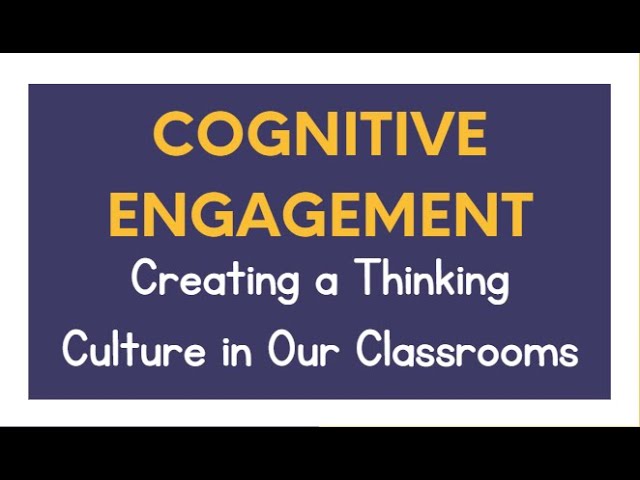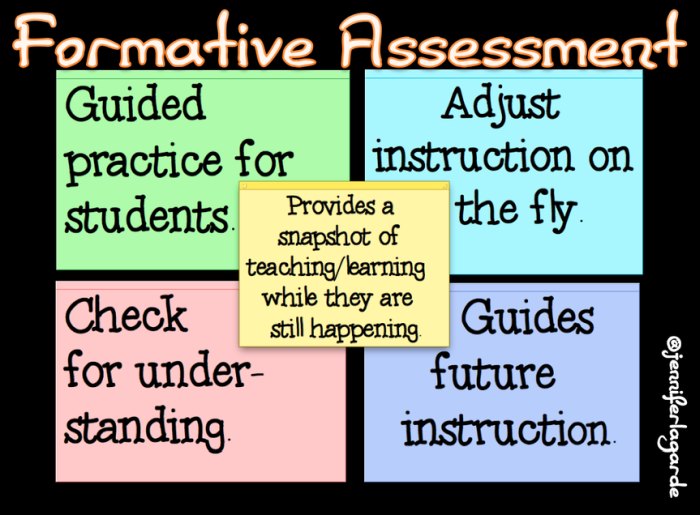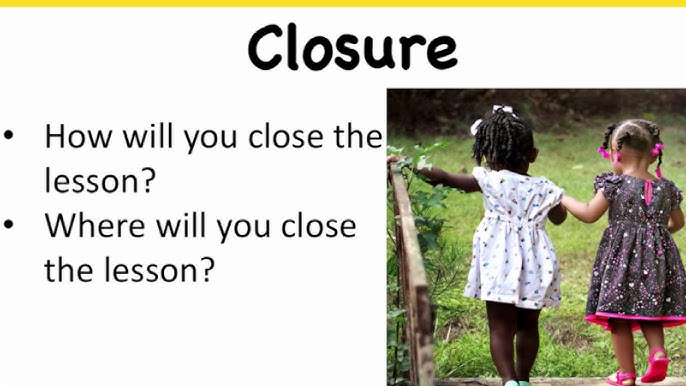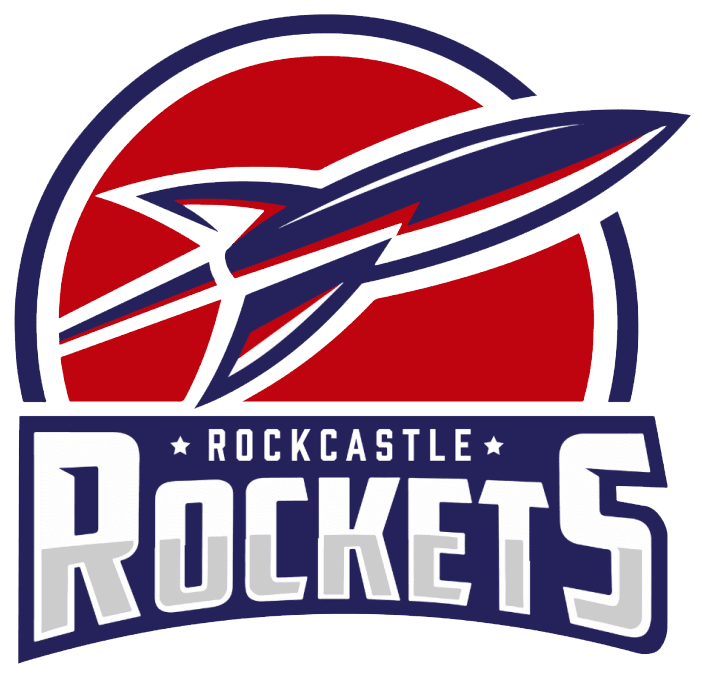Structuring Learning
Teachers typically structure learning into units of study, modules, or cycles. These units are focused on a specific set of academic standards, focused topics, inquiry questions or project-based. Lessons are embedded within the unit of study. Recently, the main construct of structured learning is clarity.
Standards-Based Unit of Study
Identify the standards
Develop your assessments (formative and summative)
Establish scoring criteria
Design Instruction
Develop Learning Experiences, Events, or opportunities
Identify strategies for addressing individual student needs
Gather Resources
Reflect on Impact
Elements of a Lesson
LESSON OPENER
Be consistent, establish a procedure for how class will begin and follow it.
The lesson opener should not last longer than 5-10 minutes. This is a way to "prime the pump", check for prior learning, or quick review of the previous day's learning. Structuring lessons with an opener also establishes a structure and routine to daily lessons. When students know what to expect they are more likely to stay on task.
Direct Instruction & Mini-Lessons
Teacher-led, focused instruction. May include modeling, notes, and questioning techniques.
Direct Instruction should be given in small chunks. 15-20 minutes of direct instruction followed by practice and checks for understanding.
Cognitive Engagement

After direct instruction teachers should implement time for students to be congintively engaged in the learning. Students practice the learning in collaborative groups, in gamefication, or other high impact student-led strategies.
Check for Understanding & Formative Assessments

In Clarity for Learning Kara Vandas and John Almarode compare each day's learning as a journey and the Formative Assessments are check points on that journey. The check points ensure that students are on the right path to complete that day's journey.
Recap, Review, & Reflection

The process of direct instruction, cognitive engagement and Formative assessment can occur multiple times within a lesson. Providing time for students to reflect over each one of these chunks of learning is vital to the learning process. This could be a time for them to set goals based on the feedback from the Formative assessment. This time should involve time to think about where they are with each of the success criteria for the day's learning.
Closure

Bringing students back to whole group, teacher-focused time at the end of the lesson provides structure for the lesson. It also creates a time for students to share what they have learned and to plan for the next day's learning. It is a time for
"reviewing and summarizing a lesson, consolidating key information, creating a link to new ideas and building anticipation for the next lesson." (teach starter.com)





